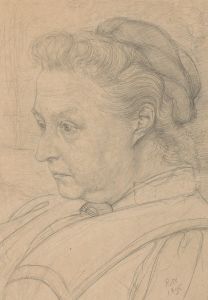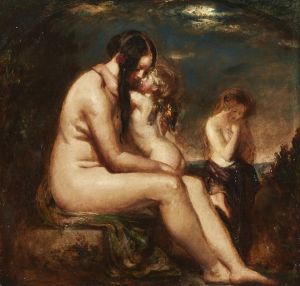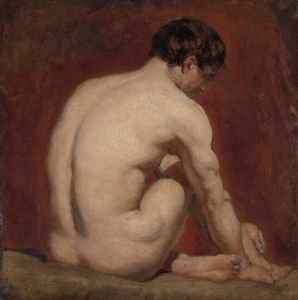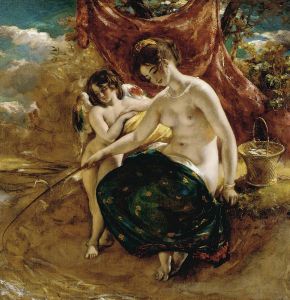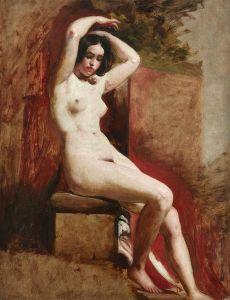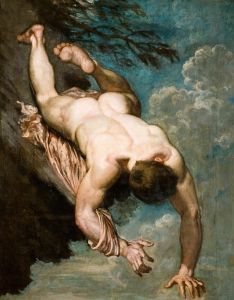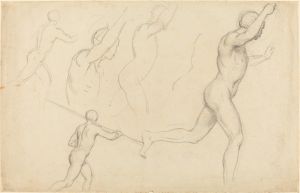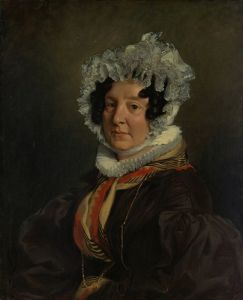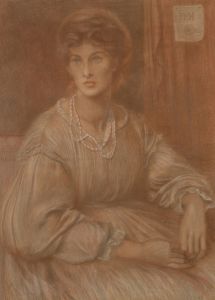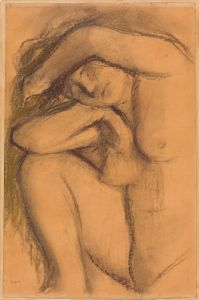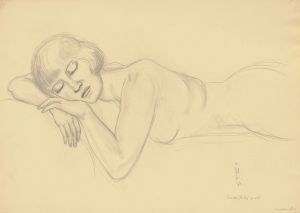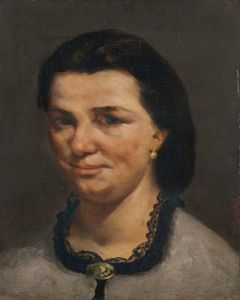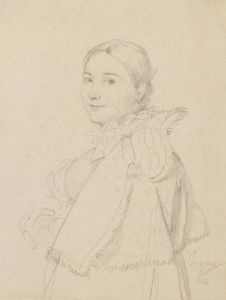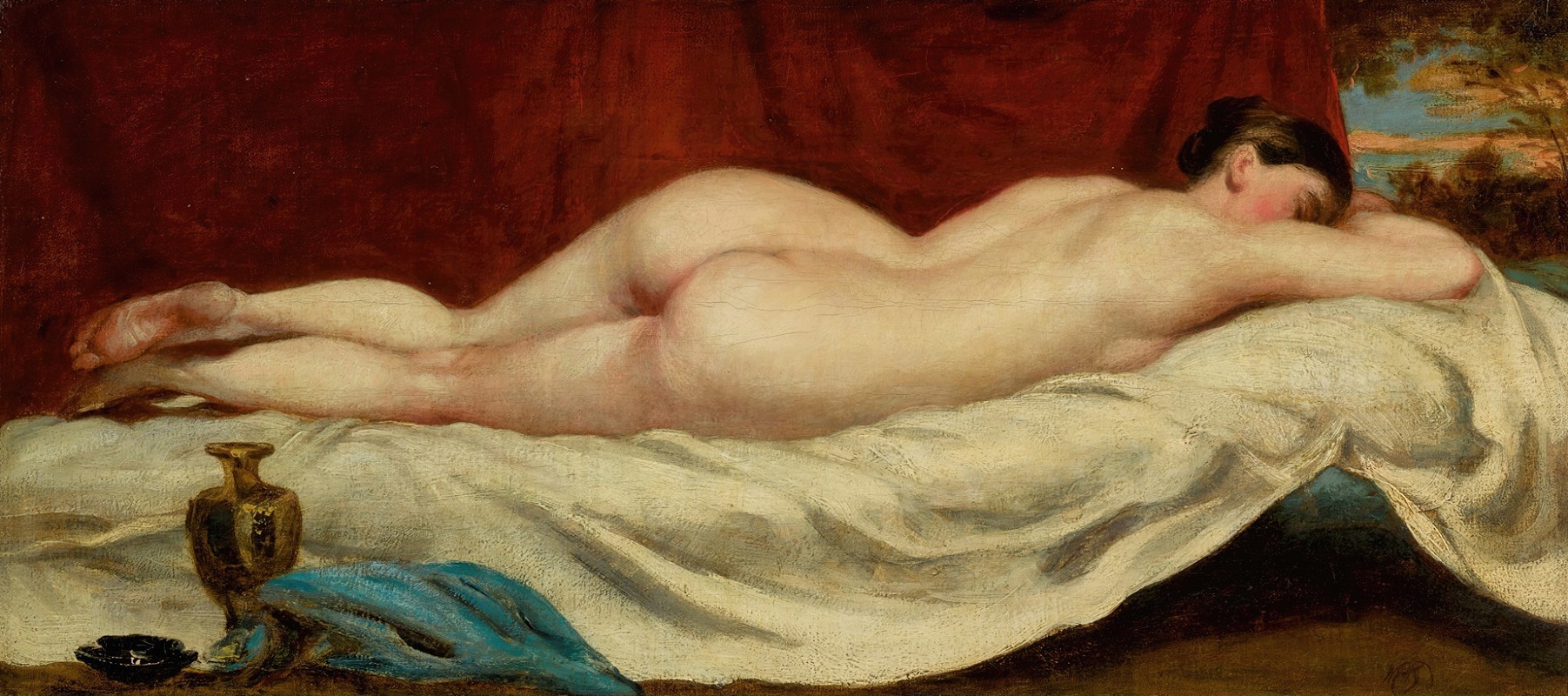
Sleeping Female Nude
A hand-painted replica of William Etty’s masterpiece Sleeping Female Nude, meticulously crafted by professional artists to capture the true essence of the original. Each piece is created with museum-quality canvas and rare mineral pigments, carefully painted by experienced artists with delicate brushstrokes and rich, layered colors to perfectly recreate the texture of the original artwork. Unlike machine-printed reproductions, this hand-painted version brings the painting to life, infused with the artist’s emotions and skill in every stroke. Whether for personal collection or home decoration, it instantly elevates the artistic atmosphere of any space.
"Sleeping Female Nude" is a painting by the English artist William Etty, who was known for his depictions of the human figure, particularly nudes. Etty was born on March 10, 1787, in York, England, and he became one of the most prominent British artists of the early 19th century. He studied at the Royal Academy of Arts in London and was heavily influenced by the works of the Old Masters, particularly Rubens and Titian.
The painting "Sleeping Female Nude" exemplifies Etty's skill in rendering the human form with a high degree of realism and sensitivity. The artwork features a female figure in a reclining position, seemingly asleep. The composition is notable for its delicate handling of light and shadow, which enhances the naturalism of the figure's flesh tones. Etty's use of color and his ability to capture the subtleties of the human body are evident in this work.
Etty's approach to painting nudes was often controversial in his time. The Victorian era had strict moral codes, and many of his contemporaries viewed his focus on the nude form as indecent. Despite this, Etty defended his work by arguing that he was following the tradition of the great masters and that his intention was to celebrate the beauty of the human body rather than to provoke scandal.
"Sleeping Female Nude" reflects Etty's commitment to this artistic vision. The painting does not include any extraneous details or background elements, which directs the viewer's attention solely to the figure. This focus on the human form aligns with Etty's belief in the importance of studying anatomy and the natural world to achieve artistic excellence.
Throughout his career, Etty produced numerous studies and finished works featuring nudes, both male and female. His dedication to this genre earned him a reputation as one of the foremost painters of the human figure in Britain. However, his work also faced criticism and censorship, which sometimes overshadowed his achievements.
Etty's legacy is complex; while he was celebrated for his technical prowess and contributions to British art, his work also challenged the boundaries of acceptable subject matter in his time. Today, "Sleeping Female Nude" and other similar works by Etty are appreciated for their artistic merit and their role in the broader history of art.
William Etty continued to paint and exhibit his works until his death on November 13, 1849. His paintings are held in various collections, including the Tate Britain and the York Art Gallery, where they continue to be studied and admired for their beauty and technical skill.





